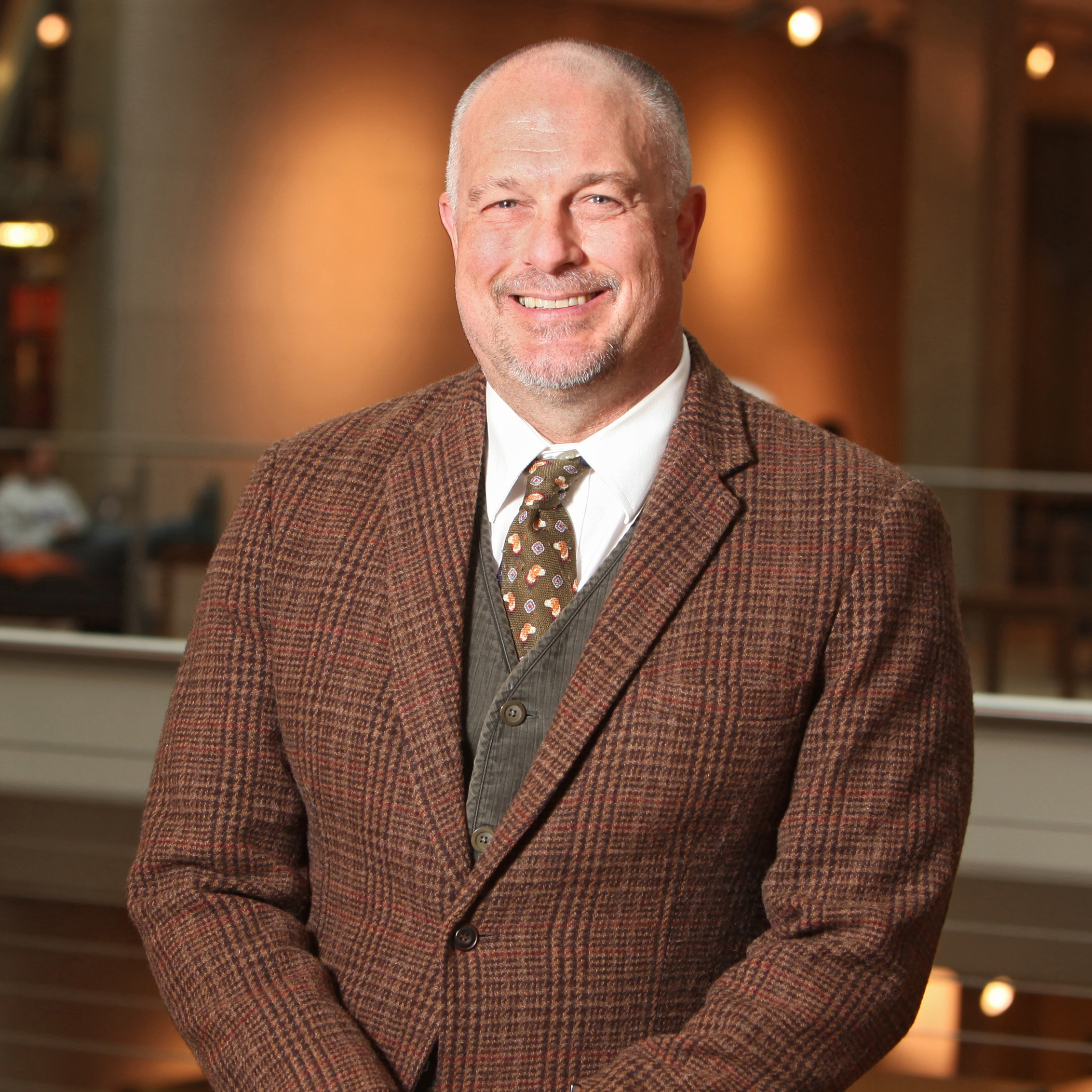
Imagine the following scene: A few college students are drinking beer at the local tavern. As they get a little drunk, an argument with the barkeep over the quality and price of drinks begins. Things escalate, insults are traded and mayhem ensues. University District 2015? No. Although plausible, that event was actually in Oxford, England in 1354. The St. Scholastica Day Riots were the first documented alcohol-fueled riots among college students. Some 660 years later, alcohol-related problems remain the primary public health concern on college campuses.
I first became interested in the study of alcohol-related problems as a new graduate student more than 20 years ago. I was drawn to better understand the broad range of drinking behaviors and related problems found across populations and cultures. I quickly learned alcohol use and its attendant problems are often complex and dynamic, making them challenging to understand and prevent. Indeed, the study of alcohol-related problems involves aspects of psychology, sociology, physiology, biology, the law and public policy, among various other fields.
Consistent with that variety, throughout my career I have studied the epidemiology and etiology of alcohol use, heavy drinking among older adults, the prevention of fetal alcohol spectrum disorder among American Indians/Native Americans, and the prevention of drunk driving, among other topics. The bulk of my work, however, has focused on better understanding why these deeply entrenched problems are so prevalent among college students. My colleagues and I have worked to understand how and where problems happen and how they might be prevented.
[Related: The Recovery Diaries: Treatment for Substance Abuse Now Favored Over Punishment]
College students are both an interesting and important group of drinkers to study. As a group, 18- to 24-year olds are among the heaviest-drinking demographic in the world, with recent studies reporting 60 percent of college students report getting drunk at least once in the past 30 days. Drunken behavior among students is related to myriad problems, including 1,800 deaths per year, academic failure, sexual assaults and other violence, unintended injuries, vandalism and the like. In the course of a typical student’s time in college, alcohol consumption occurs both illegally (underaged drinking) and legally — and across many settings including private parties and bars.
Peer influences and environmental characteristics all contribute to heavy drinking and many of the problems drunken students experience. Studying such problems often involves complex methods including surveys, observation, experimentation, biological measures and monitoring and, most recently, computational simulations. Two decades after doing my first research in this area, I still find alcohol research to be both challenging and highly interesting.
Beyond studying alcohol use and problems, turning our understanding into effective action to prevent and treat such problems and support those in recovery is critical. Prior to coming to Ohio State University as a professor, I directed the U.S. Department of Education’s Higher Education Center for Alcohol, Drug and Violence Prevention. The center was a national resource for colleges and universities designed to help them implement science-based prevention.
While the U.S. Department of Education cut that program in late 2012, it has been re-established at OSU. The new Higher Education Center for Alcohol and Drug Misuse Prevention and Recovery is a national resource aimed at tackling the age-old problem and reducing alcohol and drug misuse on campuses and advocating for youth and their families in recovery.
Dr. John D. Clapp, Ph.D., FAAHB, is professor and associate dean for Research and Faculty Development at The Ohio State University, College of Social Work. He is also currently the director of Higher Education Center for Alcohol and Drug Misuse Prevention and Recovery located at OSU.
More related articles:
Insurance Coverage for Substance Abuse Improving But Still Limited
OP-ED: The Adolescent Brain and Substance Abuse: Looking the Elephant In the Eye
Young People in Recovery Need Anonymity More Than Ever, Experts Say






























